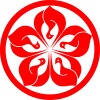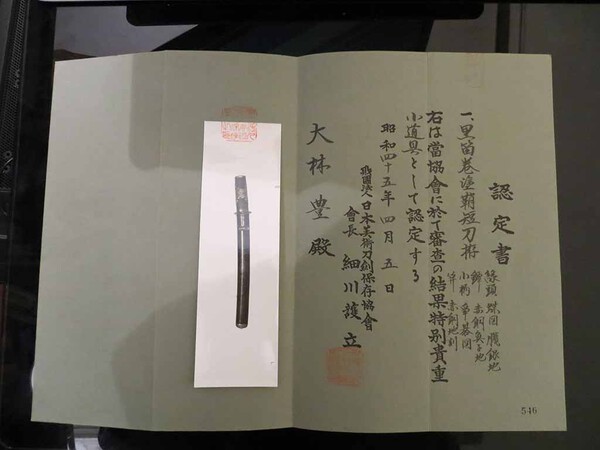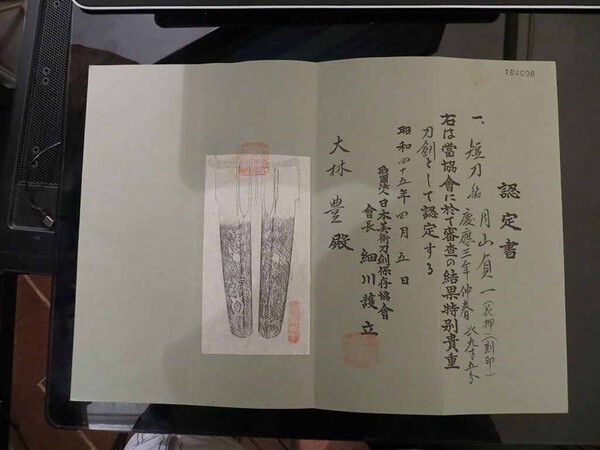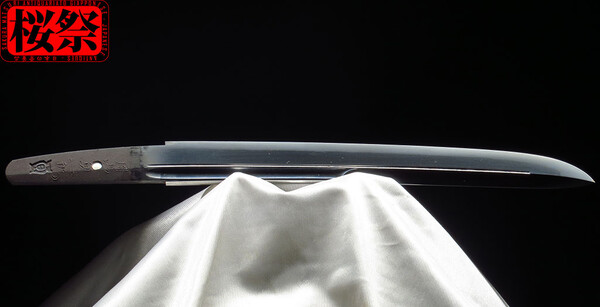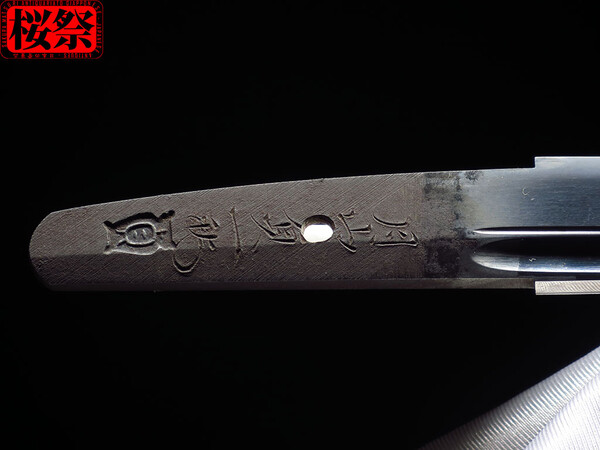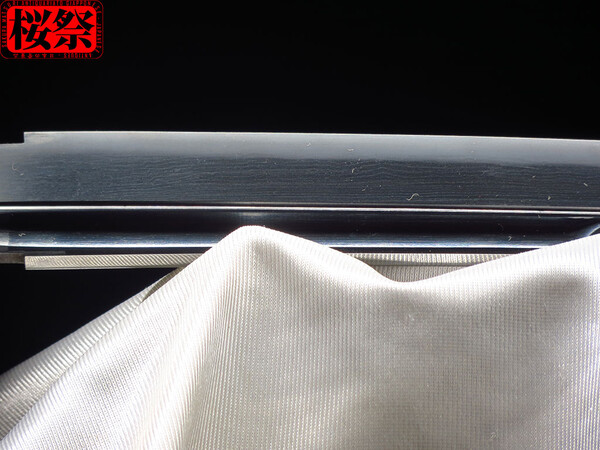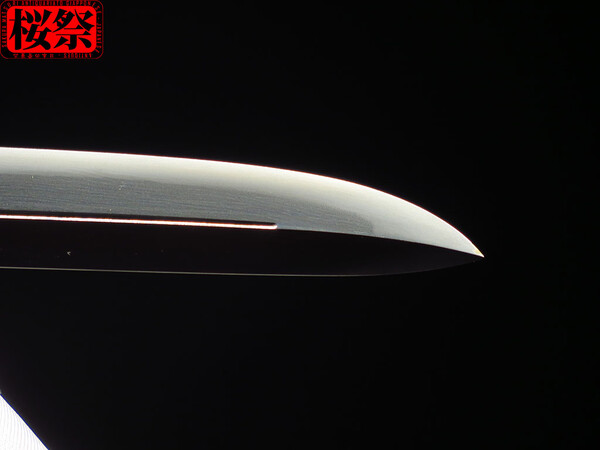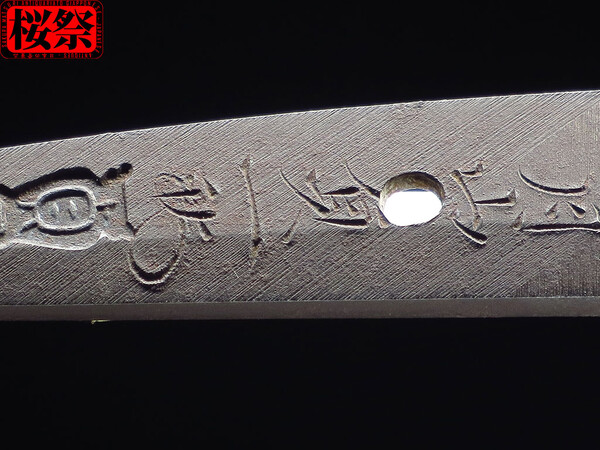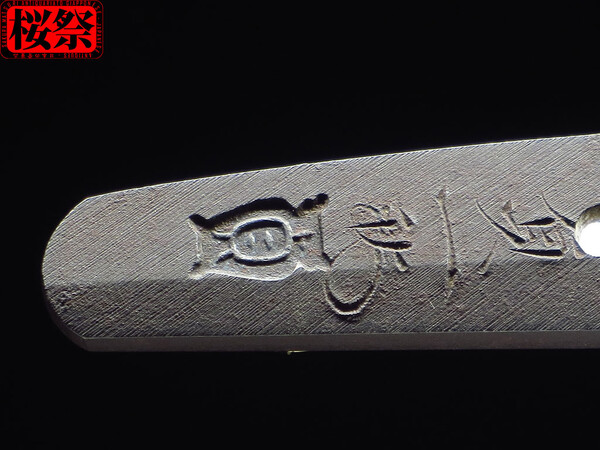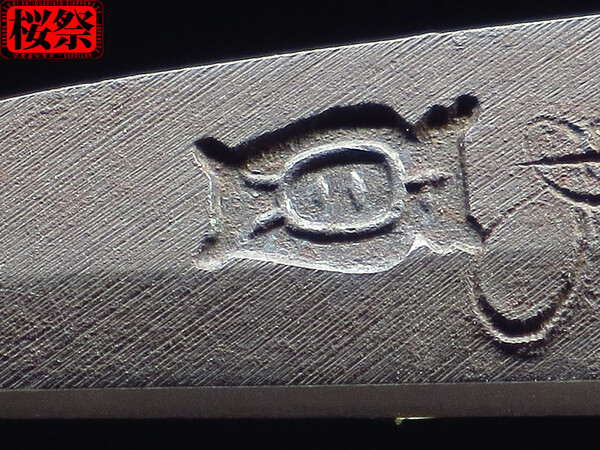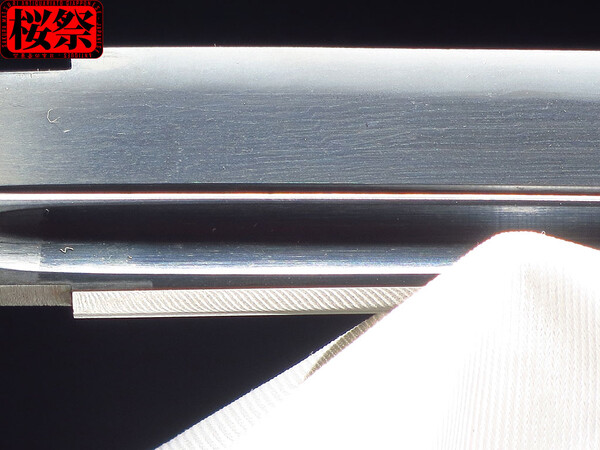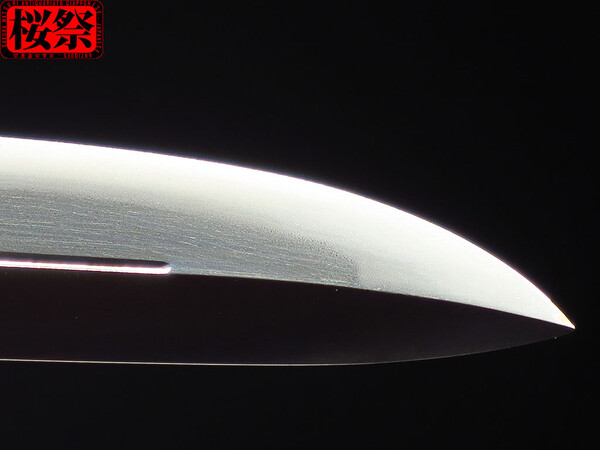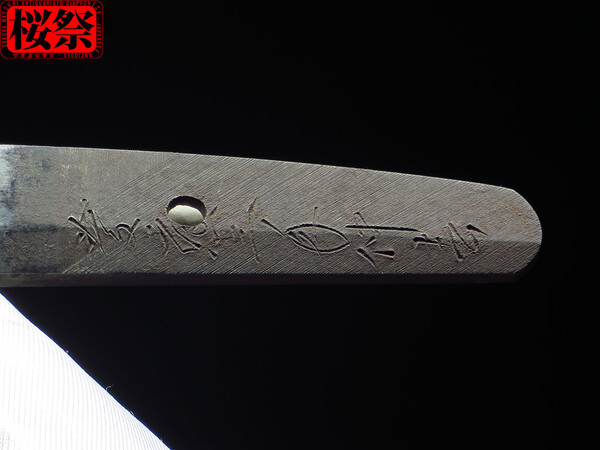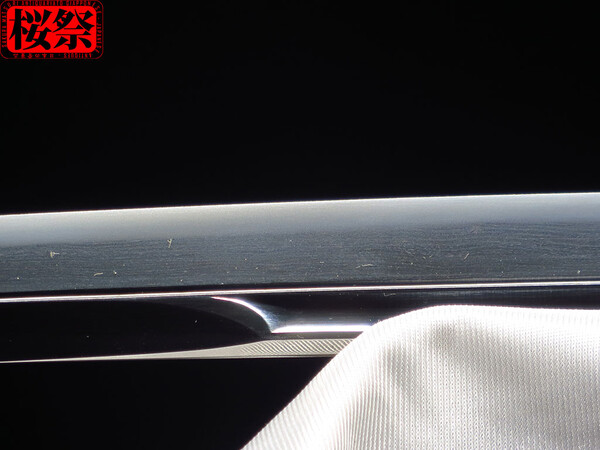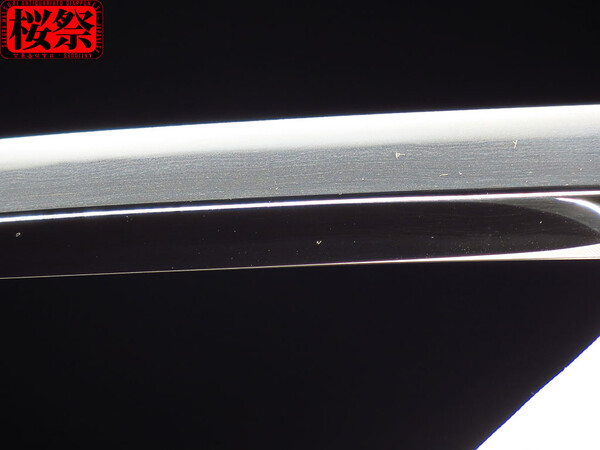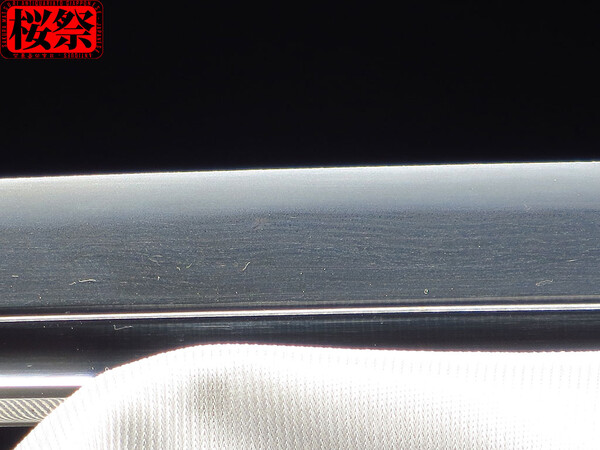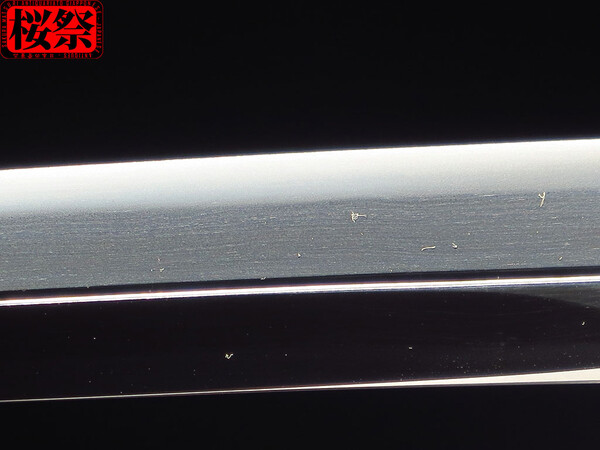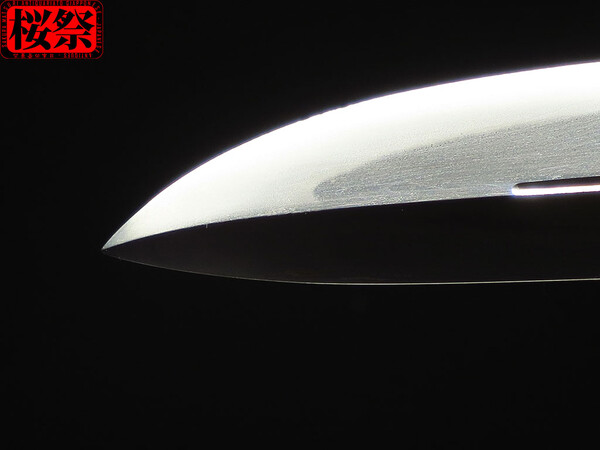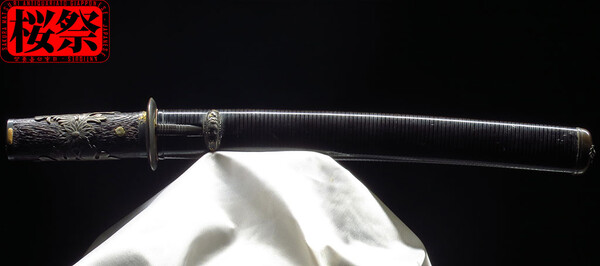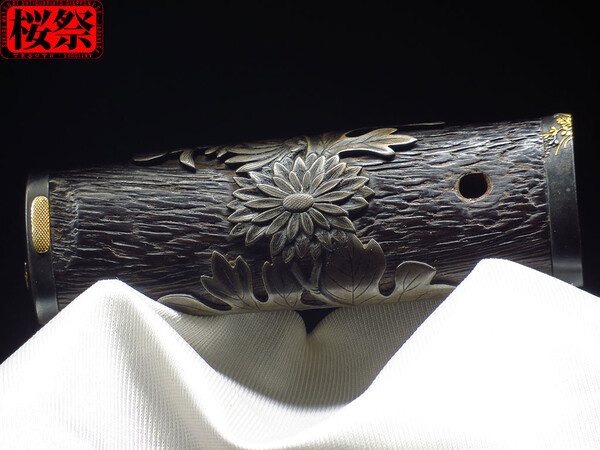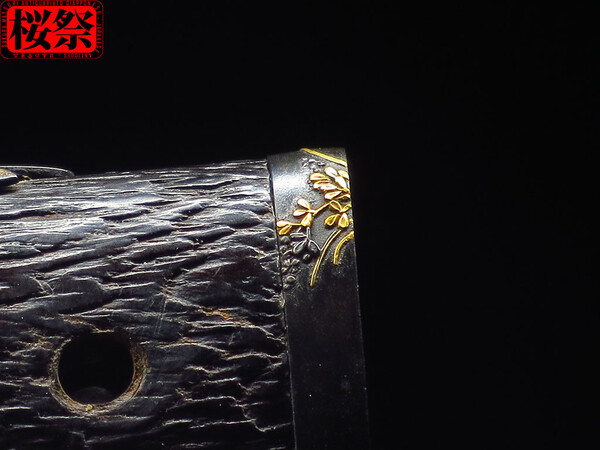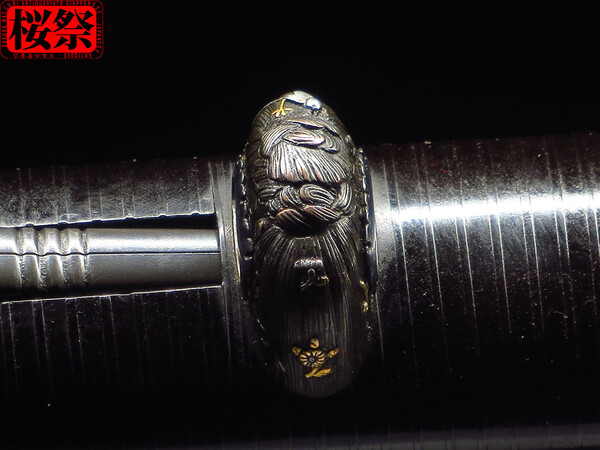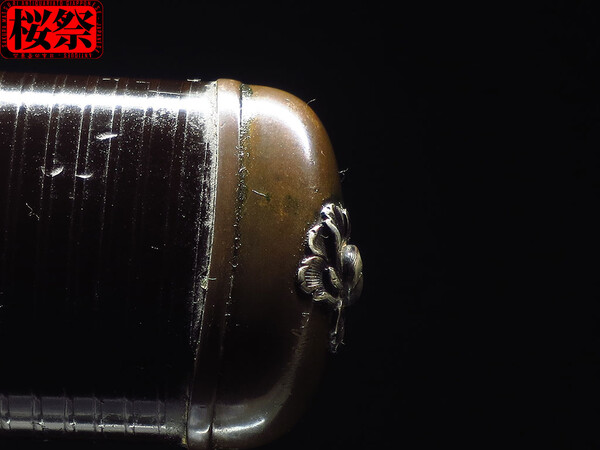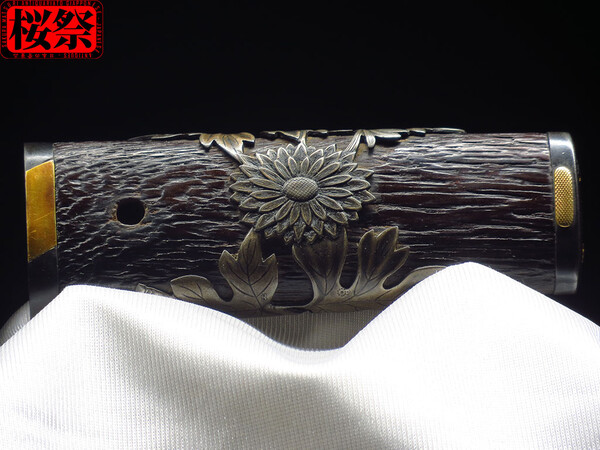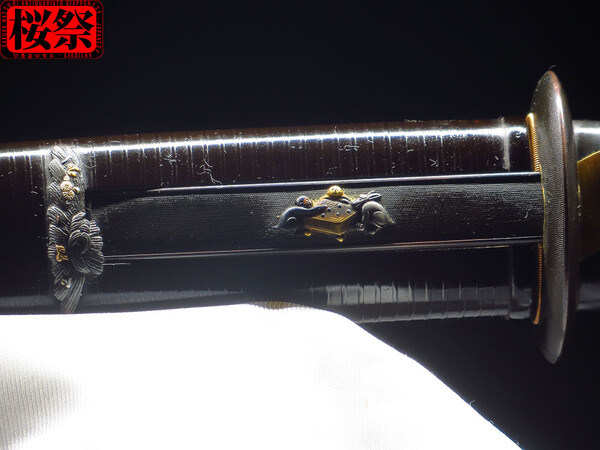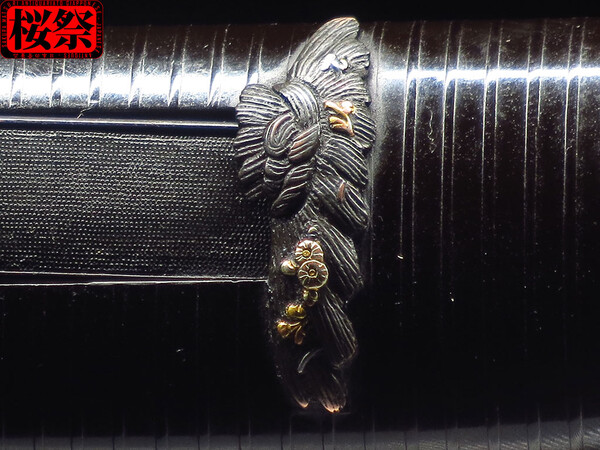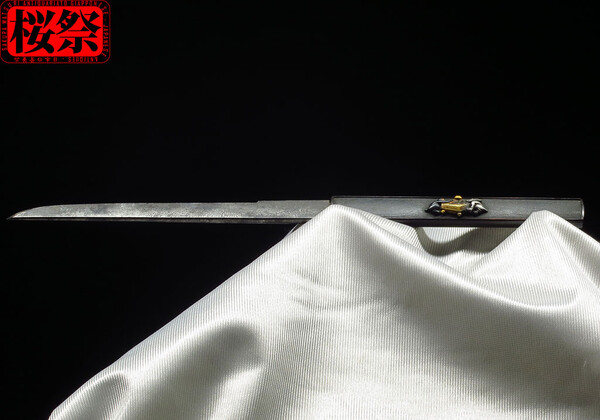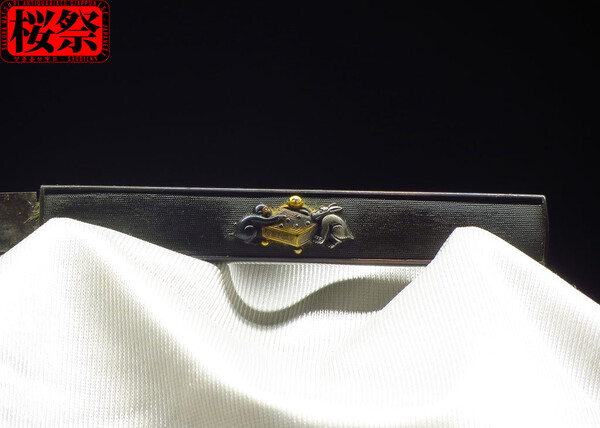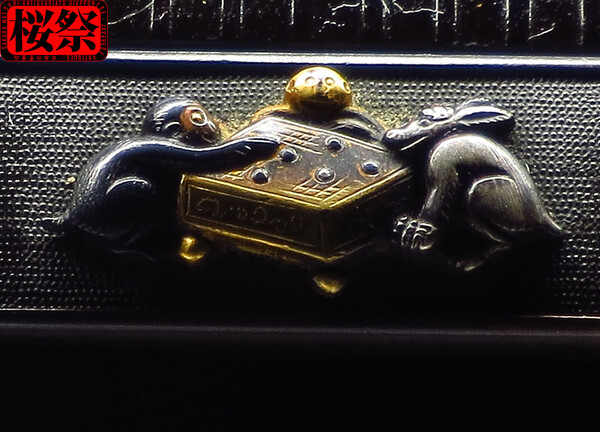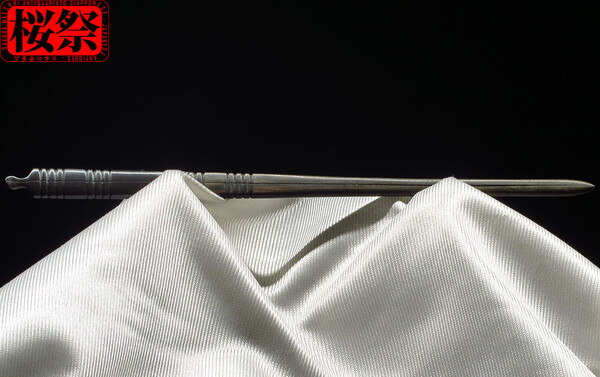-
Posts
18 -
Joined
-
Last visited
-
Days Won
2
sakura_matsuri_antiques last won the day on April 11 2018
sakura_matsuri_antiques had the most liked content!
About sakura_matsuri_antiques
- Birthday 11/24/1976
Contact Methods
-
Website URL
http://www.sakuramatsuriantiquariato.com
-
Skype
sakura matsuri antiquariato
Profile Information
-
Gender
Male
-
Location:
florence (ITALY)
-
Interests
My interests about Nihonto concern Kamakura and Nanbokucho blades for they are to me the most representative and the Muromachi ones for their historic value. I'm also interested in urushi lacquer and the many ways its application to koshirae changed in time. I recognize the beauty of many late Edo period kodogu (Soten, Goto school etc...) but I usually prefer older ones, where simplicity meets effectiveness.
Profile Fields
-
Name
emiliano lorenzi
sakura_matsuri_antiques's Achievements
-
I'm sorry i've been away for the last few days, but it was for a good reason. We finally received the permission to open a Branch of our activity in Japan (kyoto)! It'll be a long process and will take at least 12 to 18 months to estabilish the new shop but we are nonetheless excited about it. I'm really happy to reduce to €7900. Regards, Emiliano Lorenzi
-
This is my last message on the subject. It is enyone's right to argue even the shinsa judges that emitted these papers. I don't. Honestly i don't feel myself above the Japanese masters selected by the NBTHK. That's it. That said, i'd like to sell this item fast and at a fair prize, as i'd like to thank the NMB for the opportunity given to all of us to trade our items here. I'll reduce the price in time as much as i can. So the tanto will go to the first one to hold it. Hope this can create a good opportunity to collect an important nihonto. Now €8500
-
Here attached the pictures of the certificates. Sorry for the quality but the person that usually takes the pictures is on holiday and i had to take it myself.
-
The seal is absolutely in Sadakazu style, i'd like to remember that this blade has a NBTHK Tokubetsu kicho certificate. On ura side the first kanji indicate the commission, then there's the nengo. Please refer to file attached. Regards, EmilianoExtract from The_Metropolitan_Museum_Journal_v_5_1972.pdf
-
The first part of the signature on ura side refers to the person the tanto was forged for (please read extract from Metropolitan Museum volume 5 1972 on Sadakazu value topic). The blade need no polish at all, the photographs have been taken with a mid level camera and show dust on the blade.
-
I have no photographs of the certifications but If requested i can take some pictures. Regards, Emiliano
-
i've never even heard of these kind of tsuba before. Since it seems i've missed a part of kodogu history i'd like to study the subject!
-
Gassan Sadakazu tanto, with Bakumatsu style koshirae, with fittings by Shoami Masamitsu. Double Tokubetsu Kicho certification, one for the blade and one for the koshirae Age: Shinshinto, Edo Jidai, Bakumatsu Nagasa: 27,4cm Sori: 0,3cm Moto-haba: 2,8cm Saki-haba: 2,0cm Moto-kasane: 0,7cm Saki-kasane: 0,5cm Mei: 月山貞一造 - Gassan Sadakazu tsukuru (Kao) and commission Certificates: koshirae (Tokubetsu Kicho, 04/05/1970, specially precious item), Tanto (Tokubetsu Kicho, 5/4/1970, specially precious item). Description: Shinshinto period tantou signed Gassan Sadakazu, mounted in typical Bakumatsu koshirae. U no kubi zukuri sugata, powerful masame hada with scattered sparkling nie, suguha hotsure hamon that lead to an average kaeri boshi. This tantou is among Sadakazu's first period blades, Yamato style. Most important the presence of the commission inscribed on the tang, indicating the highest quality level. This blade's nakago is signed with Gassan Sadakazu tsukuru mei , owl's kao with sada character inside and commission. Koshirae is of highest level, typical of Bakumatsu period, with kodogu made of shakudo, shibuichi, gold and silver. Details are incredibly fine made by master Shoami Masamitsu, which signature with kao in inscribed on the back of kozuka. Every kodogu is of the highest level, from tsuba's pitting to kojiri's peony, from details on fuchi and kashira to the scene depicted on kozuka where a monkey, a rabbit and a frog are sitted around the go table. The kogatana is signed 日本鍛冶宗匠雷除伊賀守藤原金道 - nihon kaji sōsho raijo iga no kami fujiwara kinmichi (wazamono), 2nd generation, Kan'ei period 1624-1644, which real name was Mishina Kanbei; on the blade is inscibed a chrisantemum. The hada is itame mixed with masame, while hamon is gunome midare. The tsunagi is skillfully crafted, with detachable habaki made of magnolia. Gassan Sadakazu is ranked JoJoSaku and both certificates are of Tokubetsu Kicho level. Since this is my first item here the price is €8900 + shipping
-
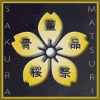
Netsuke - Not Sure What To Do With This
sakura_matsuri_antiques replied to Ramble's topic in Other Japanese Arts
You should try to identify the Schreger lines on the surface. Ivory come from elephants and mammoths and both species are the only ones with these lines. The intersection of Schreger lines form an angle that is above 100 degrees for the evephants and below for mammoths. Regards, Emiliano -
A sword is a weapon, or at least it was in the past, and most of the changes are period related. Until the beginning of the Edo period the use on the battlefield affected all aspects of nihonto and efficiency was more important then aesthetic. After Tokugawa unified Japan the lack of open field battles left sword and kodogu makers more room to exercise their artistic skills. To craft today a new, let's say, buke zukuri katana koshirae with tanto kodogu it seems a bit weird to me but, for how strange it might look, if an old koshirae is original in all its parts it deserves to stay that way.
-
I've never seen a tsuba like this one. Obviously is a pure academic exercise by the artist but it'd be nice to discover if it's just an isolated case or had some purpose. Shakudo/shibuichi tsuba from Edo jidai already are items crafted with aesthetic in mind rather then practical use, but this one as hand guard is useless. Maybe thought as a gift to a temple or a shrine, like the many bone/ivory koshirae mounted swords (sword shaped steel...).
-
Well, there are some unclear features on this blade. The first one in about nakago. You show us the omote side and there's no sign of stamp on it and second, and most important, the patina doesn't fit the age. All that rust is not genuine and therefore added to cheat a possible buyer. The blade is no doubt a Showato, maybe one of the semi-mass produced blades (not from a Rikugun jumei tosho work). The kissaki might have been damaged during the war (just a guess) and later DIY reshaped. The kodogu are also of scarce to no value. My guess: a semi hand made Showato with extensive damage to the kissaki later reshaped, nakago reworked and dressed with cheap kodogu. It's up to you to decide whether to spend 150€ on it or not. Regards, Emiliano
-
I'm no polisher but it seems to me that such an opening in the hada is progressive and cannot be repaired. The next togi will open it even more, to the point you'll see the shingane underneath. I don't know where this blade comes from but i suspect is another "gift" from the Japanese to the western markets. I'm quite experienced on this subject and i've seen many Japanese blades refused on the Japanese market only to be sold in Europe, U.S. etc. Japanese collectors would never buy this kind of blade and since in the past few years the passion for nihonto has increased in the west they tend to send this kind of blades here. The price might be appealing but there's no use in buying something thet is ruined. If, as you say, you are a novice in search for a nihonto to study, i suggest you to collect little more money and invest in a better sword. There are many good blades out there, Muromachi age mumei wakizashi of Bizen school for example, you can find in good conditions that are perfect for study purposes. Regards, Emiliano
-
You mean the u no kubi zukuri sugata? Yes they're quite similar, but other features such as hada are pretty different.
-
Ok, so i assume is allowed. Look at this one's nakago, http://www.sakuramatsuriantiquariato.com/nihonto.php Tanto tab, you can see mei, kao and commission. Regards, Emiliano


